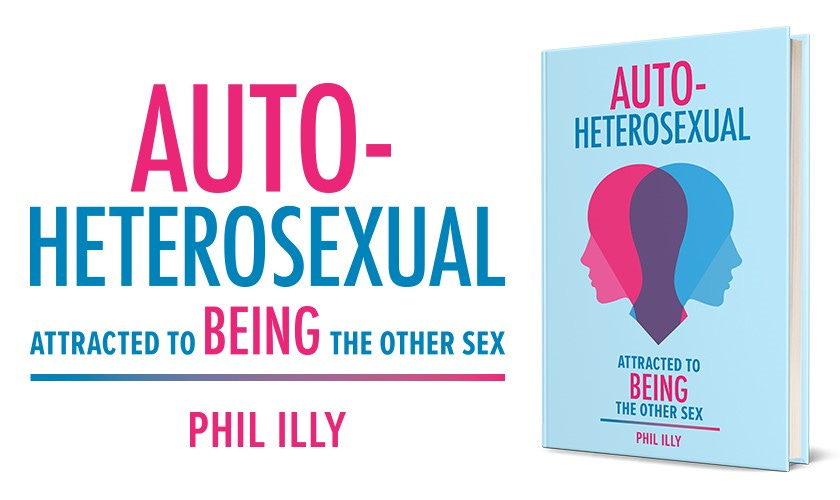Sympathy for the Devil with the Blue Dress On
A review of Phil Illy's 'Autoheterosexual'
Phil Illy has written a bible for trans faith, the belief in a true self that is not the same sex, or even the same species, as one’s body. It is a gospel for disembodiment of the alienated soul from its sexed existence as a biological organism.
Although the contents of his book include science, indeed a very great deal of interesting science, this is not a science book. It is scientism, a confession of his faith in science to eventually cure the spiritual sickness related to his embodied being.
As regular readers of this website will no doubt be aware, we approach everything ‘trans’ (as well as ‘woke’ more broadly) through the historical prism of faith formation. Autogynephiles tend to form overarching, universe-explaining theories around their condition, and so Illy has followed in his faith tradition. It is a strange one for outsiders to consider, but then so is any cult worthy of the name.
By his own accounting, Illy’s spiritual journey has passed through circus performances, eig…
Keep reading with a 7-day free trial
Subscribe to The Distance to keep reading this post and get 7 days of free access to the full post archives.



